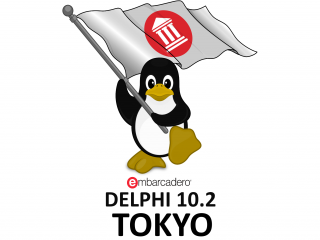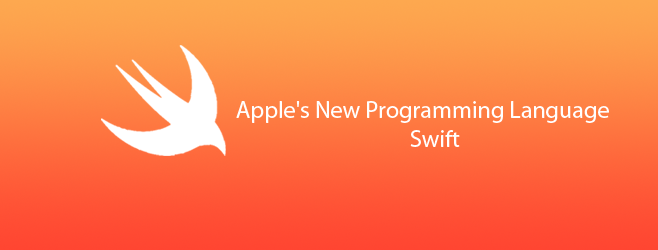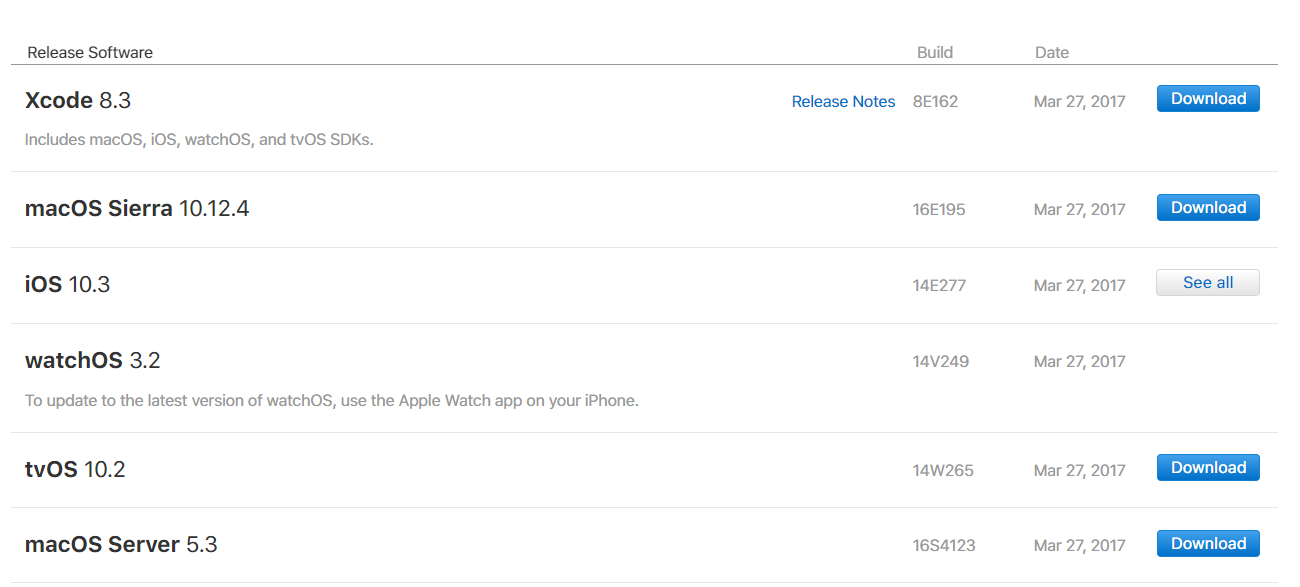Laravel 回傳JSON格式
$users=DB::table('xxxxxx')->get()->toArray();
return Response::json($users);
Laravel 5.4連線MS SQL Server方式
1. config/database.php 新增
[code]
// 2017.04.05 by lin shou shan
‘sqlsrv’ => [
‘driver’ => ‘sqlsrv’, //
‘host’ => ‘localhost\sqlexpress’, // 資料庫位置及別名
‘username’ => ‘sa’, //密號
‘password’ => ”, //密碼
‘database’ => ”, //資料庫
‘prefix’ => ”,
],
[/code]
2..env修改
DB_CONNECTION=sqlsrv
3.route,web.php測試
Route::get(‘/’, function () {
var_dump( DB::table(‘tablename’)->first() );
});
CodeIgniter on Win10記得裝ODBC Driver 11 for SQL Server
在新的Win10上裝上XAMPP後發現CI連不上SQL Server,於是先用原生的方式找到解決的方法
$serverName = "localhost\sqlexpress";
$connectionInfo = array( "Database"=>"Pos", "UID"=>"sa", "PWD"=>"");
$conn = sqlsrv_connect( $serverName, $connectionInfo);
if( $conn ) {
echo "Connection established.
";
}else{
echo "Connection could not be established.
";
die( print_r( sqlsrv_errors(), true));
}
才知道WIN10預設沒有ODBC Driver 11 for SQL Server
https://www.microsoft.com/zh-TW/download/details.aspx?id=36434
Win10 找不到SQL Server組態管理員
以 SQL Sever 2008 R2為例是SQLServerManager10.msc
1 Win + R 執行SQLServerManager10.msc
2 搜尋SQLServerManager10.msc
FastReport綠色版本 April Fool ‘s Day?
FastReport在30號宣佈最新的FastReport Desktop Green Edition會有禁用的列印選項。
你不用再預熱印表機、處理空紙夾、購買碎紙機~一整個感覺像舖April Fool ‘s Day的梗XDDD
餐飲POS系統的候位出單
在石二鍋看到IISTUDIO的取單叫號系統,覺得還蠻不錯的,打算這次連假也使用Delphi 10.2 Tokyo來刻一個試試。
技術上主要是搭配WebAPI以及Delphi 10.2的FMX來達成:
1 設定店別、人數與桌型,號碼起訖對應(WEB介面)
2 Delphi 撰寫iOS/Android/Win版的畫面,透過WEBAPI取得上述資料
3 候位確認時,呼叫印單程式印單
4 WEBAPI回寫,方便使用者連線確認
GCP(Google Cloud Platform)推出的machine learning與人工智慧相關的API列表
Google Cloud Platform雖然起步的比AWS(Amazon Web Service)晚,但推出了一系列的影像、聲音、文字相關的人工智慧API。以人工智慧這一塊領域當市場區隔,也成為後續人工智慧基礎建設重要的一環。
Cloud Video Intelligence API: 影像的人工智慧
Cloud Speech API: 聲音的人工智慧
Cloud Natural Language API: 自然語言處理
Cloud Machine Learning Engine: 訓練 TensorFlow 的模型
Cloud Jobs API: 人工智慧求職媒合
Swift 3.1正式發佈
Swift 3.1在今(2017/3/28)正式發佈!3.1是次要的更新版本,主要針對目前的標準函式庫做改善以及改進。
在IBM以及各社群成員的努力下,還包含了Swift on LINUX的更新。以及部份的Swift Package Manager更新~
此外在編譯器也加上預編譯Objective-C的功能,讓編譯速度加快~
更多訊息可參考原始文章
https://swift.org/blog/swift-3-1-released/
New Sequence protocol members
The Sequence protocol now has two new members:
protocol Sequence {
// ...
/// Returns a subsequence by skipping elements while `predicate` returns
/// `true` and returning the remainder.
func drop(while predicate: (Self.Iterator.Element) throws -> Bool) rethrows -> Self.SubSequence
/// Returns a subsequence containing the initial elements until `predicate`
/// returns `false` and skipping the remainder.
func prefix(while predicate: (Self.Iterator.Element) throws -> Bool) rethrows -> Self.SubSequence
}
See more at: SE-0045: Add prefix(while:) and drop(while:) to stdlib
Availability by Swift version
Swift 3.1 extends the @availability attribute to use the version of Swift to indicate the lifecycle of a declaration. As an example, an API that is removed in Swift 3.1 would be written as:
@available(swift, obsoleted: 3.1)
class Foo {
//...
}
See more at: SE-0141: Availability by Swift version
Improved numeric conversion initializers
Swift 3.1 adds a new family of conversion initializers to all numeric types that either complete successfully without loss of information or return nil.
See more at: SE-0080: Failable Numeric Conversion Initializers
Deprecation and replacement of UnsafeMutablePointer.initialize(from:)
The version of UnsafeMutablePointer.initialize(from:) that takes a Collection is deprecated in favor of a new method on UnsafeMutableBufferPointer that takes a Sequence, with a goal of improving memory safety and enabling faster initialization of memory from sequences.
See more at: SE-0147: Move UnsafeMutablePointer.initialize(from:) to UnsafeMutableBufferPointer
Improvements to the Linux implementation
- Implementation of
NSDecimal - Implementation of
NSLengthFormatter - Implementation of
Progress - Many improvements to
URLSessionfunctionality, including API coverage and optimized usage oflibdispatch - Improved API coverage in
NSArray,NSAttributedStringand many others - Significant performance improvements in
Data. See more details here - Improved JSON serialization performance
- Memory leaks fixed in
NSUUID,NSURLComponentsand others - Improved test coverage, especially in
URLSession
Package Manager Updates
Editable packages
Package dependencies are now stored in the tool-managed build directory by default, and a new swift package edit command allows users to “begin editing” on a package, moving it under the user’s control (into the Packages directory), exempting it from dependency updates, and allowing the user to commit and push changes to that package.
See more at: SE-0082: Package Manager Editable Packages
Version pinning
The version of each dependency you’ve used is now recorded in a Package.pins file, which can be checked in to share those versions with other users of your package; swift package pin and swift package unpin commands provide further control. The pinned versions of a package’s dependencies are fetched by default when resolving dependencies, but swift package update will re-resolve to the latest allowable dependency versions and update the pinfile.
See more at: SE-0145: Package Manager Version Pinning
Tools version
Packages can now specify the minimum version of the Swift tools that they require. This requirement can be edited with the swift package tools-version command and is recorded at the top of the Package.swift manifest. Package versions which require newer Swift tools than those in use will be ignored by dependency resolution, so packages can adopt new Swift features without breaking clients who are using older Swift tools. The minimum tools version required determines which Swift language version is used to interpret the Package.swift manifest, and which version of the PackageDescription API is available.
See more at: SE-0152: Package Manager Tools Version
Swift language compatibility version
Packages can now specify whether their sources are written in the Swift 3 or Swift 4 language version. If not specified, a default is inferred from the Package’s minimum Swift tools version.
See more at: SE-0151: Package Manager Swift Language Compatibility Version
Other Package Manager improvements
- Package dependency resolution is now correct in cases where it could have resolved to incorrect dependency versions previously. Dependency cycles are now detected during a build, and incremental builds will rebuild fewer sources when possible.
swift testnow supports running tests in parallel with the--parallelflag.swift build,swift test, and allswift packagecommands which resolve dependencies now support fetching those dependencies in parallel with the--enable-prefetchingflag.
Documentation for the Swift Package Manager can be found in the repository.
Migrating to Swift 3.1
Swift 3.1 is source compatible with Swift 3.0. To help with moving to Swift 3.1 from earlier releases of Swift, Xcode 8.3 contains a code migrator that can automatically handle many of the need source changes. There is also a migration guide available to guide you through many of the changes — especially through the ones that are less mechanical and require more direct scrutiny.
Documentation
An updated version of The Swift Programming Language for Swift 3.1 is now available on Swift.org. It is also available for free on Apple’s iBooks store.
Platforms
Linux (Ubuntu 14.04, Ubuntu 16.04 and Ubuntu 16.10)
Official binaries for Ubuntu 14.04, Ubuntu 16.04 and Ubuntu 16.10 are available for download.
Apple (Xcode)
For development on Apple’s platforms, Swift 3.1 ships as part of Xcode 8.3.
Sources
Development on Swift 3.1 was tracked in the swift-3.1-branch on the following repositories on GitHub:
- swift
- swift-llvm
- swift-clang
- swift-lldb
- swift-cmark
- swift-corelibs-foundation
- swift-corelibs-libdispatch
- swift-corelibs-xctest
- swift-llbuild
- swift-package-manager
- swift-xcode-playground-support
- swift-compiler-rt
The tag swift-3.1-RELEASE designates the specific revisions in those repositories that make up the final version of Swift 3.1.
The swift-3.1-branch will remain open, but under the same release management process, to accumulate changes for a potential future bug-fix “dot” release.
WWDC 2017 開放註冊,Xcode 8.3及新版MacOS Sierra10.12.4也跟著發佈
今天開始
開放註冊,抽中的除了同一個TEAM外,就會自動扣款。

另外更新:
Xcode 8.3
macOS Sierra 10.12.4
iOS 10.3
watchOS 3.2
tvOS 10.2
macOS Server 5.3


